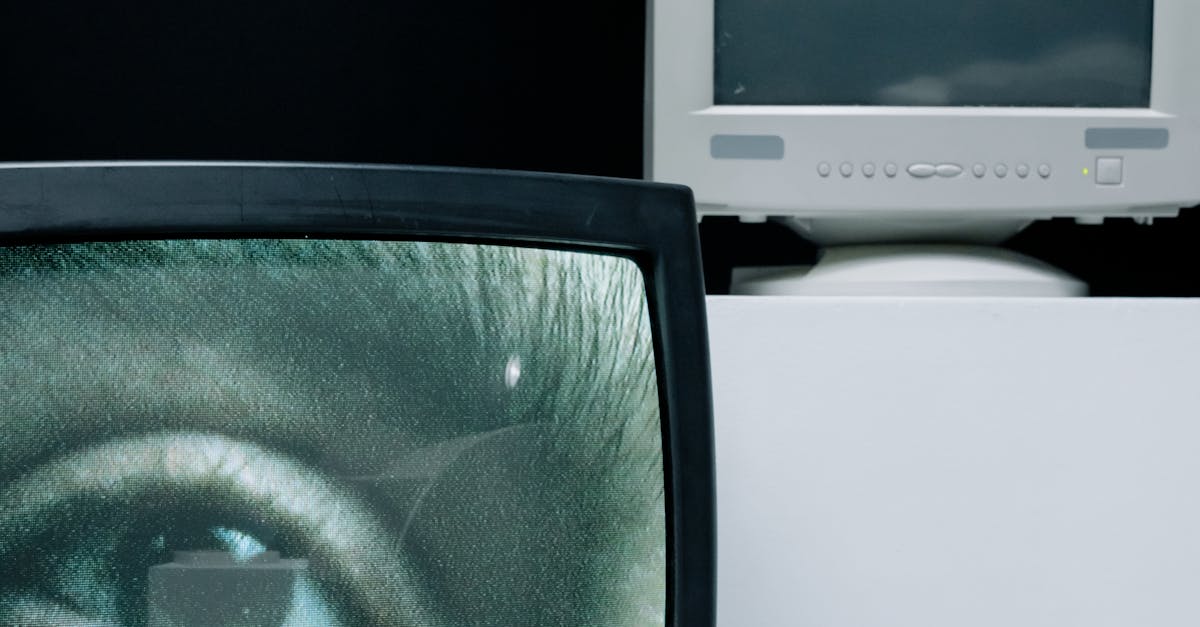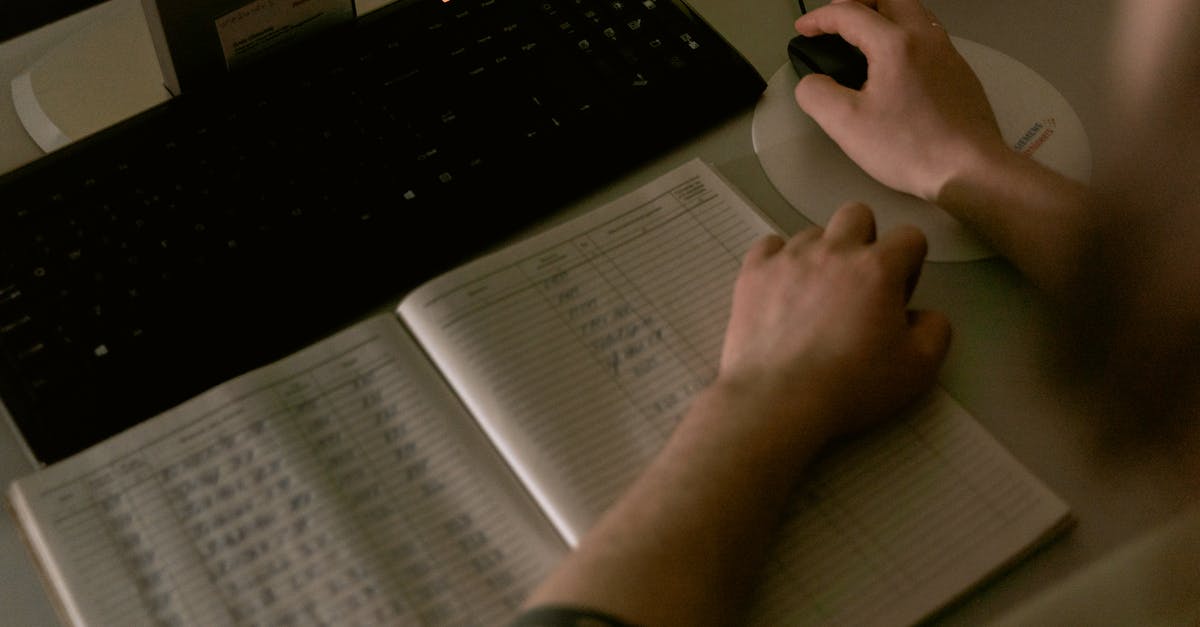How AI Is Transforming Medical Imaging Analysis in Personal Injury Litigation
Artificial intelligence is rapidly changing the landscape of personal injury litigation, especially when it comes to the analysis and interpretation of medical imaging evidence. For attorneys, the integration of AI tools into legal workflows is no longer a distant vision—it's an immediate imperative, streamlining everything from evidence review to risk assessment and settlement calculations. As practicing legal professionals ourselves, we've had a front-row seat to this evolution, and we believe deeply in empowering colleagues with the insights and tools needed to deliver the very best outcomes for clients.
The Critical Role of Medical Imaging in Personal Injury Litigation
Medical imaging—think MRI, CT scans, and X-rays—has always been central to personal injury cases. The burden falls on legal teams to meticulously review these images, identify signs of injury, and connect medical realities to legal arguments. Traditionally, this process required extensive consultation with radiologists, multiple specialist opinions, and painstaking manual reviews by legal staff. These stages are both time-consuming and prone to human error or oversight, especially with subtle findings like micro-fractures or soft tissue injuries.
How AI Elevates Medical Imaging Analysis
AI-driven analysis is fundamentally transforming the process in several key ways:
- Enhanced Pattern Recognition: By learning from immense datasets, AI algorithms can spot subtle injury patterns—such as ligament tears or micro-fractures—that might escape even experienced radiologists.
- Objectivity and Consistency: Unlike humans, AI does not fatigue or get biased by a narrative. Each image is reviewed consistently based on quantifiable patterns, improving reliability in injury detection.
- Speed: Automated systems can screen, tag, and flag relevant imaging evidence in minutes, cutting review times dramatically. That means you can identify crucial findings sooner and start building your case without delays.
By leveraging AI’s strengths as a neutral, data-driven analyst, legal teams are equipped to make better decisions at every phase of litigation.
Turning Complex Medical Data into Actionable Legal Intelligence
The leap forward with medical imaging AI is not simply in seeing images faster—it’s about transforming complex, jargon-laden clinical data into actionable legal insight. Here’s how this impacts real-world legal work:
- Uncovering Previously Overlooked Evidence: AI tools can differentiate between acute trauma (from the accident) and pre-existing or degenerative conditions, giving you concrete evidence to rebut common insurance arguments.
- Quantifying Injury: With the ability to measure the extent of inflammation, tissue damage, or edema, legal arguments about “severity” become grounded in objective data—making for more compelling settlement negotiations and courtroom presentations.
- Streamlining Specialist Consultations: Clear, AI-generated imaging summaries can help focus conversations with expert witnesses, saving time and reducing costs.
AI in Action: Workflow Automation for Legal Teams
Personal injury litigation involves massive volumes of medical records and radiology reports. The integration of AI into legal operations streamlines this mountain of evidence:
- Intelligent Tagging: AI-powered platforms can auto-tag imaging evidence by injury type (e.g., bone, vascular, neurological) and body part, making it dramatically easier to organize files and retrieve them for discovery or trial prep.
- Automated Extraction: Key clinical phrases, such as "disc herniation at L4-L5," can be instantly extracted and summarized, allowing attorneys and paralegals to focus on argument-building, not monotonous documentation.
- Evidence Tracking: Systems can alert attorneys when new imaging becomes available or when follow-up scans suggest a change (improvement or worsening) in a client’s medical condition.
The time savings here are tangible—enabling legal professionals to shift attention from clerical tasks to high-value legal strategy.
Predictive Analytics: Quantifying Recovery and Damages
One of the most powerful AI capabilities in this space is predictive analytics—using vast archives of historical medical outcomes to generate tailored forecasts for your current client. This can include:
- Estimating Recovery Times: AI can analyze similar cases to predict how long a client will need to recover and whether permanent impairment is likely, giving counsel a firmer foundation for damage assessments.
- Treatment and Cost Projections: By understanding likely future medical treatments (such as surgery or therapy), attorneys can more accurately calculate future medical expenses and advocate for appropriate settlements.
Plaintiffs and insurers alike are relying on these data-driven projections for negotiations, raising expectations around the precision and sophistication of legal arguments.
Raising the Bar: The New Ethical Standard for Litigation
Courtrooms and opposing counsel are becoming increasingly familiar with AI-enhanced evidence analysis. Staying up-to-date with these technologies is not merely a competitive edge—it may soon be an ethical necessity. With rapidly evolving standards of care, attorneys who fail to leverage available technology risk being seen as providing substandard representation.
Integrating AI Into Your Litigation Practice: A Roadmap
For law firms considering the integration of AI-driven imaging analysis, a practical roadmap includes:
- Prioritizing systems compatible with established DICOM imaging formats and healthcare data privacy best practices.
- Utilizing AI tools (like Paxton) that provide NLP-powered analysis for medical record review—so findings are relevant to both medical and legal contexts.
- Establishing clear protocols for AI-assisted evidence validation to ensure data meets admissibility standards in court (such as Daubert or Frye standards).
- Investing in ongoing team training, particularly for paralegals and litigation support, to interpret and synthesize AI-generated imaging reports effectively.
Having worked closely with legal professionals through similar transitions, we know that adapting workflows and embracing new best practices pays dividends—not just in efficiency, but in settlement values and client trust.
The Future: A Data-Driven Standard for Personal Injury Advocacy
The horizon for AI in personal injury litigation points toward even more transformative developments. 3D injury reconstructions, automated causation analyses, and real-time outcome simulations are becoming feasible. Over time, these capabilities won’t be "nice-to-haves"—they'll be the norm, setting new evidentiary standards across all courts and jurisdictions.
At Paxton, we’re committed to empowering lawyers with the tools required for this new era of advocacy. Our platform helps legal teams efficiently analyze evidence, streamline drafting, and accelerate informed case development—without compromising on security or confidentiality. If you’re ready to practice at your highest potential and see what AI-empowered litigation looks like, try Paxton for free today.



.jpg)






